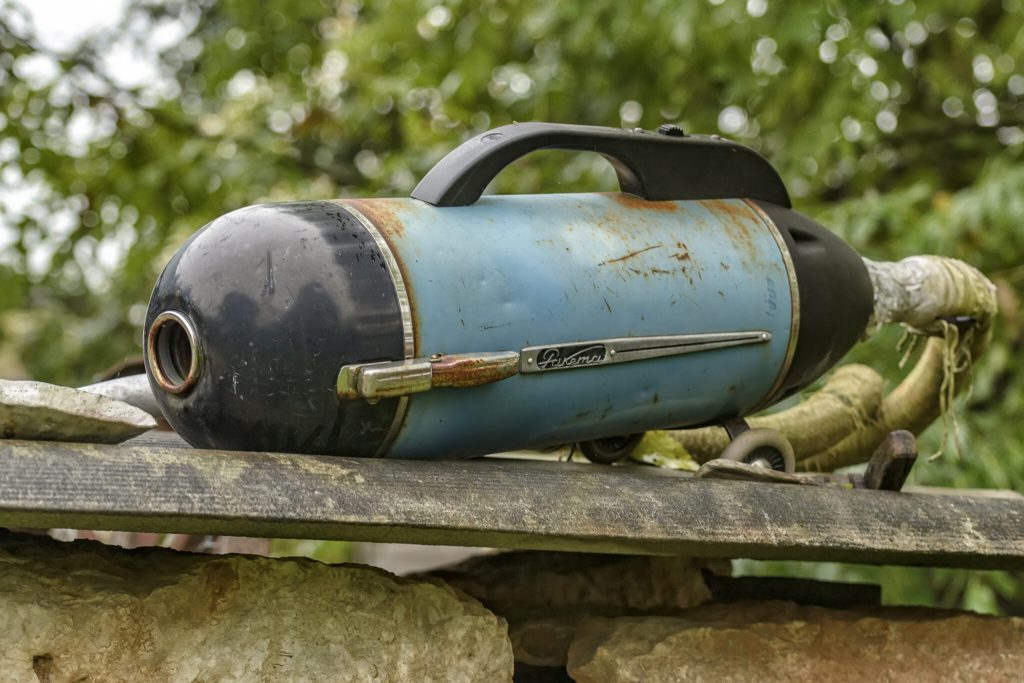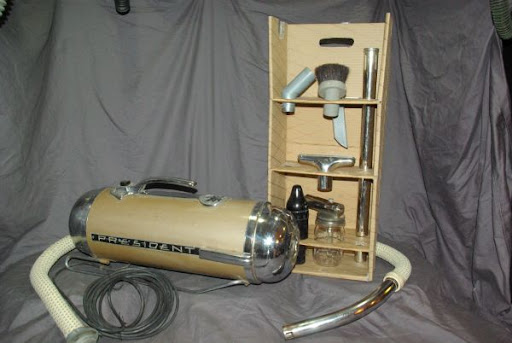The Mystery Object That Sparked Curiosity
You ever stumble across a picture online and think, What on earth is THAT thing? That was me last week. At first glance, it looked like a steampunk coffee grinder, or maybe some kind of medieval fire extinguisher. But after a bit of digging, the truth blew my mind—it was a vintage vacuum cleaner.
Yeah, you read that right. What looked like something from an inventor’s basement in the 1800s was actually an early attempt to clean carpets. And honestly? That weird old contraption has a surprisingly rich backstory that deserves a second look.
Back When Cleanliness Became an Obsession
Let’s rewind a bit. In the 19th century, people started getting real serious about hygiene. Germ theory was catching on, and society was beginning to realize that scrubbing floors might actually be good for your health, not just your pride.

Problem was, cleaning wasn’t easy. Beating rugs, sweeping coal dust, and scrubbing wood floors was exhausting—and messy. So inventors rolled up their sleeves and thought, There’s got to be a better way.
The Whirlwind: A Bellows-Based Beast from 1869
Enter the Whirlwind, a truly wild piece of history. Patented by Ives W. McGaffey in 1869, it was one of the earliest attempts to create a vacuum cleaner. It didn’t use electricity—nope, this beast was powered by your own two arms.
It had a hand-cranked bellows system that sucked up dirt as you pushed it across the floor. Sounds impressive, right? Except it was huge, heavy, and awkward. Imagine trying to clean your house with a giant iron accordion. It wasn’t exactly user-friendly.
Still, McGaffey’s creation deserves credit. It set the stage for what was to come, proving that people were ready to innovate—and suffer—a bit for cleaner homes.
Video : An 85 year old guy showing how to use a vacuum from
From Hand Pumps to Electric Power: The Big Shift
Things really started to change in the early 1900s, when inventors began adding electric motors to their machines. That’s where Hubert Cecil Booth comes into the picture.
In 1901, Booth built what is widely considered the first truly successful electric vacuum. And when I say “vacuum,” I mean it in the literal sense. This thing was massive—too big to fit inside a house. It had to stay outside while hoses snaked in through the windows.
Dubbed the “Puffing Billy,” Booth’s contraption was more like an early fire truck than a household appliance. It was powered by a gas engine and could suck up an impressive amount of dirt and dust, which was groundbreaking at the time.
Vacuum Cleaners Go Household
As technology advanced, vacuum cleaners finally became more manageable for everyday folks. By the 1920s and 30s, companies like Hoover and Electrolux began selling sleeker, smaller models that didn’t require industrial-grade engines to run.

These machines were still heavy by today’s standards, but they were electric, functional, and—dare I say it—almost stylish. Polished chrome, sleek curves, and wheels made them look more like futuristic torpedoes than cleaning tools.
Suddenly, housewives and housekeepers didn’t need to break their backs to get rid of dust. The vacuum cleaner wasn’t just a machine anymore—it was a modern marvel.
Designs That Got Weirder Before They Got Smarter
Of course, not every design was a winner. Some vintage vacuum cleaners looked like props from a science fiction film. Others had pedals, side cranks, or even shoulder straps. One design had people wearing it like a backpack—Ghostbusters style.
Some used water to trap dust, others used paper filters or cloth bags. There was even one that used soap and created foam while cleaning. The creativity was endless, even if the practicality wasn’t always there.
But every oddball model helped move the needle forward. Trial and error was the name of the game, and without all those flops, we wouldn’t have the cordless wonders we use today.
Video : Sillysid123’s Hoover 725 After Restoration! Is it any better now?
Modern Machines, Same Mission
Today’s vacuum cleaners are smart, sleek, and some of them even talk to you. (Looking at you, robot vacuums.) You can control them with your phone, set cleaning schedules, or even watch them go to work while you’re at brunch.
But at the core, their purpose hasn’t changed—suck up dirt and make life easier.
It’s wild to think how far we’ve come, from bellows-powered behemoths to whisper-quiet machines that map your house like tiny GPS satellites.

Conclusion: From Confusion to Appreciation
So yeah, when I first saw that clunky old object online, I had no clue it was a vacuum cleaner. But now? I have a whole new appreciation for the inventors who paved the way.
That strange hunk of metal represents more than just an early cleaning tool—it’s a symbol of innovation, perseverance, and the human desire to make life just a little bit easier.
The next time your robot vacuum hums quietly under your couch, take a moment to thank Ives McGaffey, Hubert Booth, and every other eccentric genius who made it possible. And maybe—just maybe—think twice before tossing out that weird old gadget you found in your grandma’s attic. It might just be a piece of forgotten brilliance.


